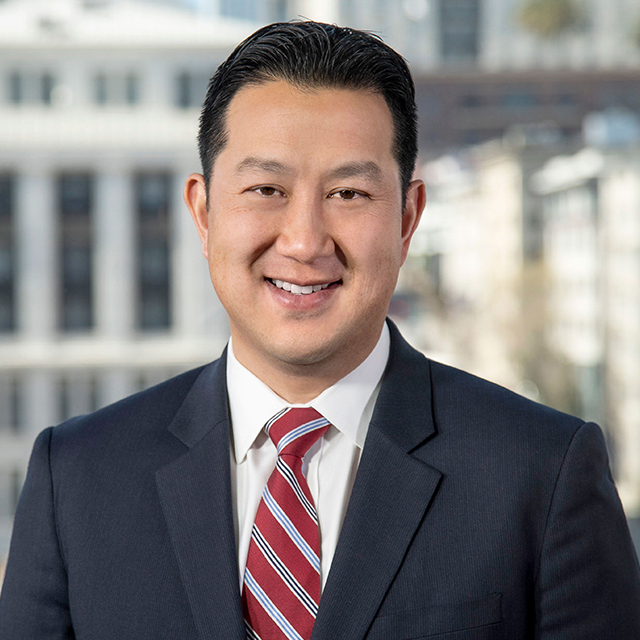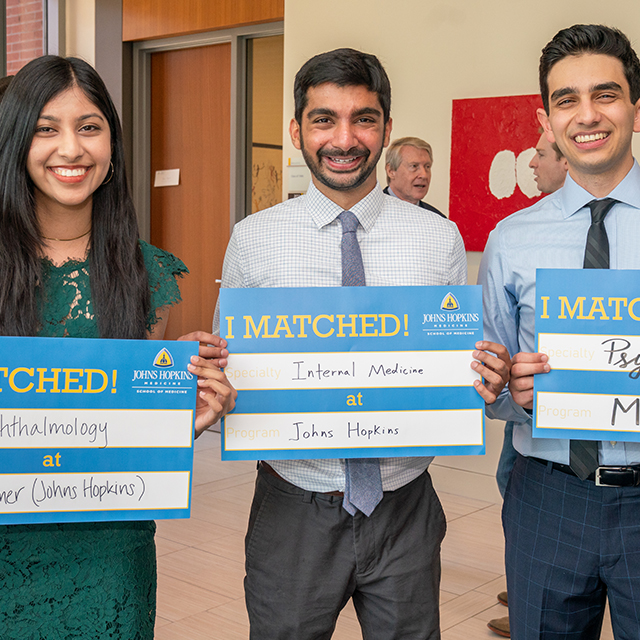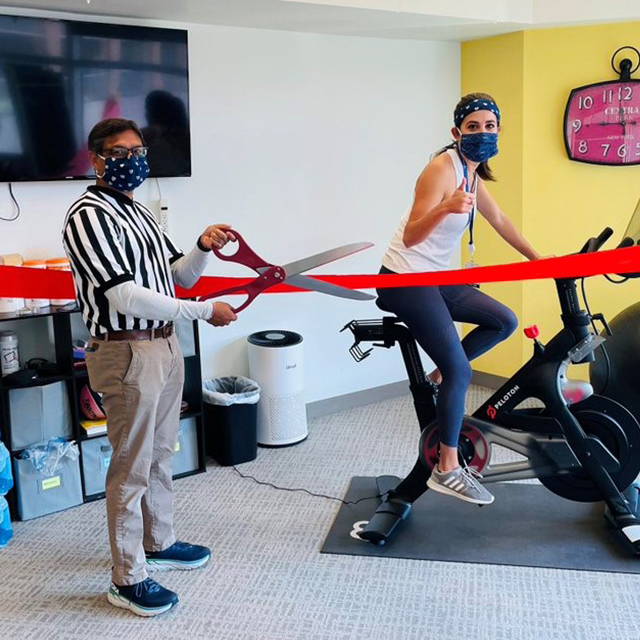Over the past few months, I’ve been reflecting on the impact of role models on my professional life. Growing up, I was naively unaware of how fortunate I was to have multiple women in my family who were physicians. My grandmother began practicing obstetrics and gynecology in Pakistan in the 1950s. Back then, women made up a small number of physicians throughout the world, and Pakistan was no different. Now, recalling my own experiences, I can only imagine the obstacles she faced. They likely required exceptional resilience, and she instilled that strength in her daughters. My mother and one of my aunts also became physicians, and I doubt that it was much easier for them in the 1970s.
When I entered medical school in 2005, it hadn’t occurred to me how unusual my upbringing had been — women physicians, Muslim physicians and physicians who were immigrants were part of my world view. This is not to say that I haven’t since had many occasions where I’ve questioned whether I belonged and if I was “good enough.” But I always had the security of knowing what was possible because of the role models I had throughout my life. They inspired me to move forward. Unfortunately, this kind of assurance is not something everyone in medicine has experienced.
Role modeling remains a core component of the Osler Medical Residency. William Osler himself was revered as a role model, as a diagnostician and medical educator — often considered the consummate physician. Following his lead, our assistant chiefs of service inspire our residents with their passion for clinical excellence. During recruitment this year, I heard from multiple medical students who aspired to be the kind of residents they encountered when rotating on the Osler firms.
The faculty and alumni of our program also serve as role models in their communities, whether they’re providing exceptional clinical care, breaking boundaries in research, moving public health forward or innovating health care. As part of the Osler Medical Residency community, we have the privilege of being surrounded by people who remind us about what is possible.
It is an incredible honor to serve as the first woman program director of the Osler Medical Residency. I know with certainty that I would not be in this position without the mentors I’ve had in my life. I look forward to building on Sanjay Desai’s fantastic work in expanding diversity in our program, and I am eager to see the many role models who will graduate from our program in the coming years. Our community — and our world — will no doubt benefit from the future physicians they inspire.



